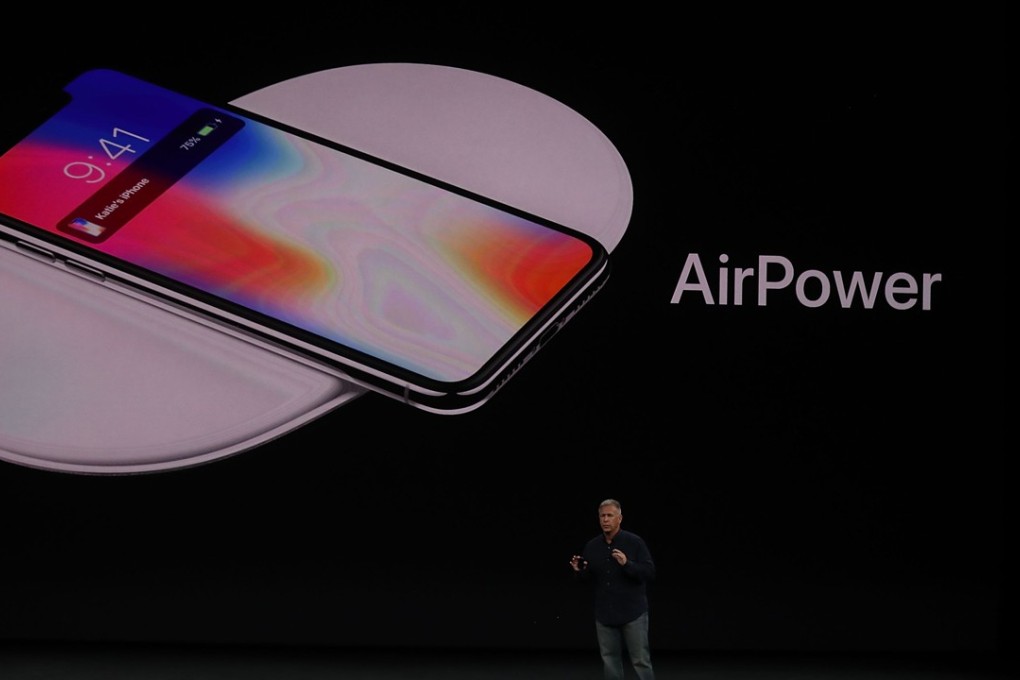Why Apple’s AirPower wireless charger is taking so long to make

When Apple introduced AirPods earbuds in 2016, chief designer Jony Ive hailed the beginning of a new “wireless future.” The company’s devices would connect and charge without fiddly white cords and unsightly plugs and sockets.
The next step was wireless charging for the iPhone, the ability to drop Apple’s flagship product on a charging mat and juice it up via a process known as induction. This accessory is taking longer to make due to a series of technical hurdles, slowing the company’s wireless strategy and highlighting supply-chain challenges that have hampered product launches in recent years.
Apple said in September that the iPhone X and iPhone 8 could be charged wirelessly. It recommended charging hubs from Mophie and Belkin, an unusual move for the consumer-hardware specialist. Apple also announced its own AirPower charger, but said it wouldn’t be released until 2018.
Since then, AirPower hasn’t been publicly discussed by Apple. Company engineers have been toiling away to address problems. One challenge is making sure the charger doesn’t overheat. Another is the complexity of the circuitry, according to people familiar with the device’s development. An Apple spokeswoman declined to comment.
Unlike wireless chargers on the market today, the AirPower is designed to charge three devices simultaneously: an iPhone, Apple Watch, and AirPods with a still-to-be-released wireless charging case.